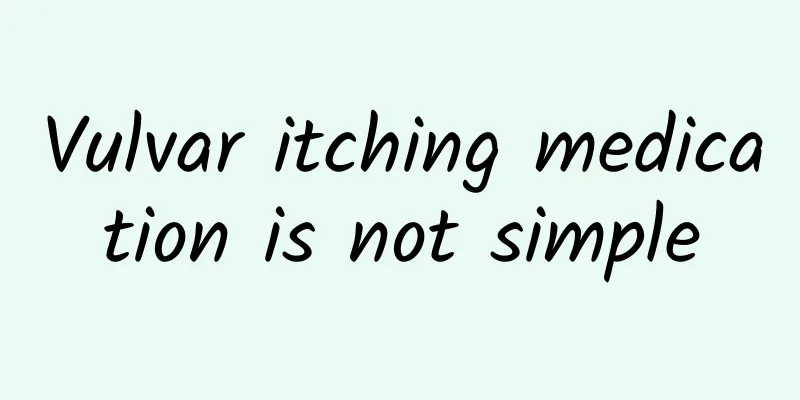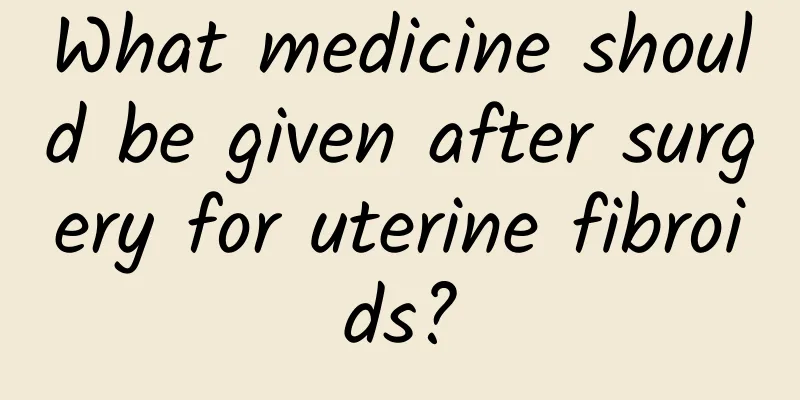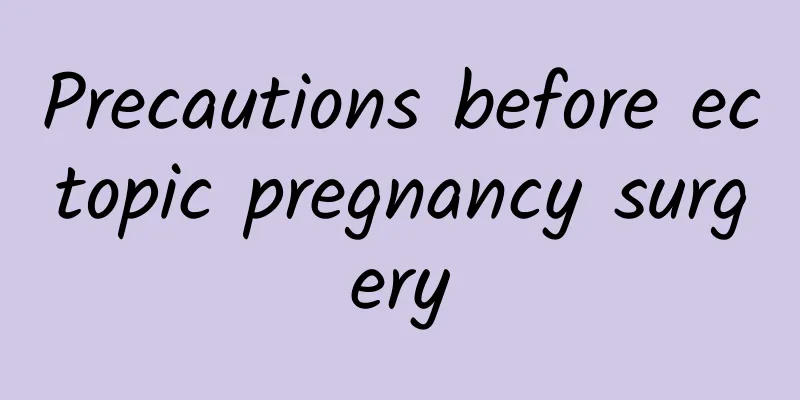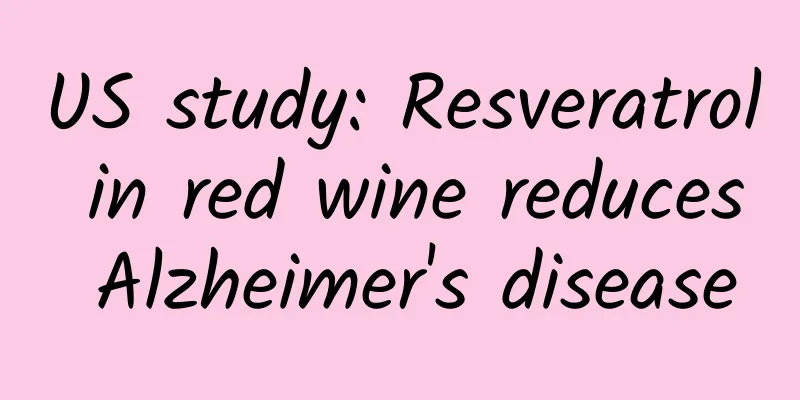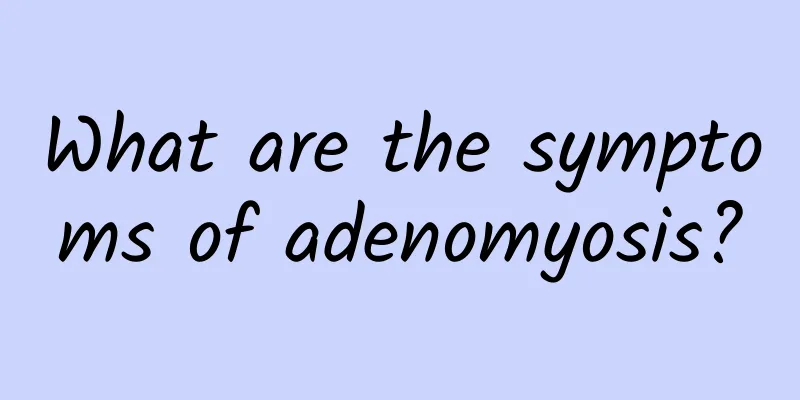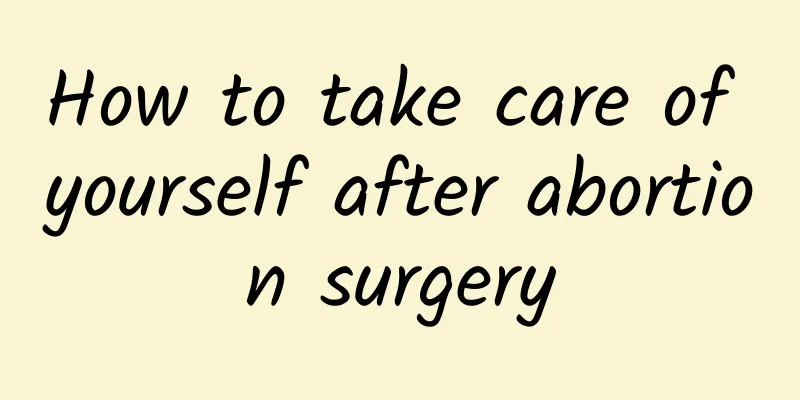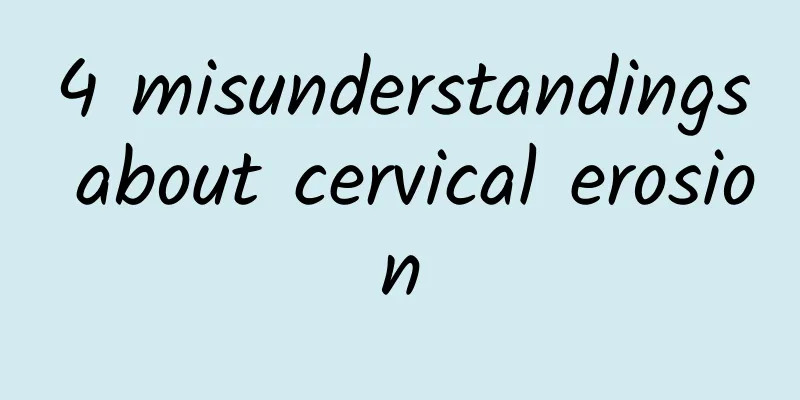Analysis of the most effective treatment methods for uterine fibroids
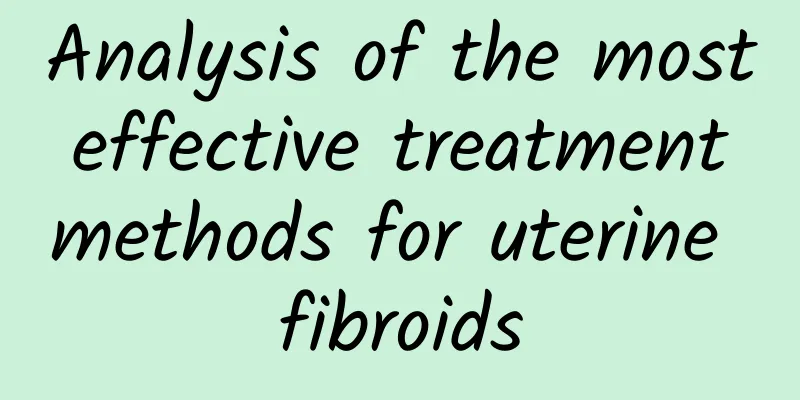
|
Clinically, the treatment of uterine fibroids is not very difficult. As long as the correct treatment method is chosen, uterine fibroids can be cured in a very short time, which is very beneficial for patients with uterine fibroids. What are the common treatment methods for uterine fibroids ? The following is a discussion of the common treatment methods for uterine fibroids. In general, common treatments for uterine fibroids include: 1. Drug treatment: There are many new developments in drug treatment. This is a common treatment for uterine fibroids. 2. Surgical treatment: For patients with myoma, the age for hysterectomy was previously set at over 45 years old. Now it seems that we should proceed from reality, especially according to the progress of gynecological endocrinology. The age for ovarian preservation is generally 50 years old (the average age of menopause is 49.5 years old), that is, those under 50 years old who can preserve their ovaries should do so. Or the normal ovaries of those who have not reached menopause after 50 years old should also be preserved, regardless of age. Because the ovaries still have certain endocrine functions after normal menopause and will work for 5 to 10 years. Preserving the ovaries helps stabilize the autonomic nerves, regulate metabolism, and facilitate the transition to old age. The uterus also has its endocrine function. It is the target organ of the ovaries and should not be removed casually. Usually, the age for hysterectomy is set at over 45 years old. Those under 45 years old, especially those under 40 years old, should undergo myomectomy. For those who retain the adnexa, if both sides can be preserved, it is better to retain both sides than to retain only one side. The incidence of ovarian cancer in those who retain the ovaries is 0.15%, which is not higher than that in those who do not have their uterus removed. This is one of the more common treatments for uterine fibroids. 3. Expectant therapy: This treatment method for uterine fibroids is suitable for patients with small fibroids, no symptoms, no complications, no degeneration, and no impact on health. For perimenopausal patients with no clinical symptoms, it is considered that ovarian dysfunction may cause fibroids to shrink or shrink. Expectant therapy can be adopted for all the above situations, that is, regular follow-up observation (once every 3 to 6 months) in clinical and imaging aspects. The treatment will be decided based on the review results. The above analysis is the common treatment method for uterine fibroids. I hope it will be helpful to everyone. Patients should choose the appropriate treatment method for uterine fibroids according to their actual condition. They must not choose blindly, which will be detrimental to their condition. |
<<: Introduction to five specific diagnostic methods for uterine fibroids
>>: To prevent pelvic inflammatory disease, you must beware of its causes
Recommend
What are the characteristics of chronic cervicitis bleeding
The bleeding characteristics of chronic cerviciti...
Brief analysis of the important nursing points for ectopic pregnancy
Ectopic pregnancy is a gynecological disease that...
How to take care of Bartholinitis after surgery
How to do daily care after Bartholinitis surgery?...
Eat black fungus regularly to prevent pelvic inflammatory disease
Pelvic inflammatory disease is a common gynecolog...
Can you have children with uterine fibroids? You must know the four effects of uterine fibroids on fertility
Whether you can have a baby after having uterine ...
What are the main causes of adnexitis?
What are the main causes of adnexitis? I believe ...
What should I do if there is a large area of pelvic effusion?
What should I do if there is a large area of pe...
What are the correct symptoms of endometriosis?
Endometritis can be divided into chronic and acut...
Do you know what the early symptoms of ectopic pregnancy are in women?
What are the early symptoms of ectopic pregnancy ...
What to eat after exercise? Nutritionists recommend convenience store "protein fiber meals" that can help build muscle and reduce fat
Were you bored from the epidemic prevention work ...
Introduce the typical symptoms of pelvic inflammatory disease
Pelvic inflammatory disease is very harmful. Once...
4 big "cylinders" people should do this to avoid thick waist
"Obesity" is a disease! According to a ...
The ultimate way to lose weight through diet is to drink green tea after meals to promote metabolism
The best diet to end excess fat has three steps, ...
What are the prevention methods for pelvic peritonitis?
Pelvic peritonitis is a disease that causes great...
What are the symptoms of uterine fibroids? Will uterine fibroids cause menstrual disorders?
Uterine fibroids are a disease that women should ...
